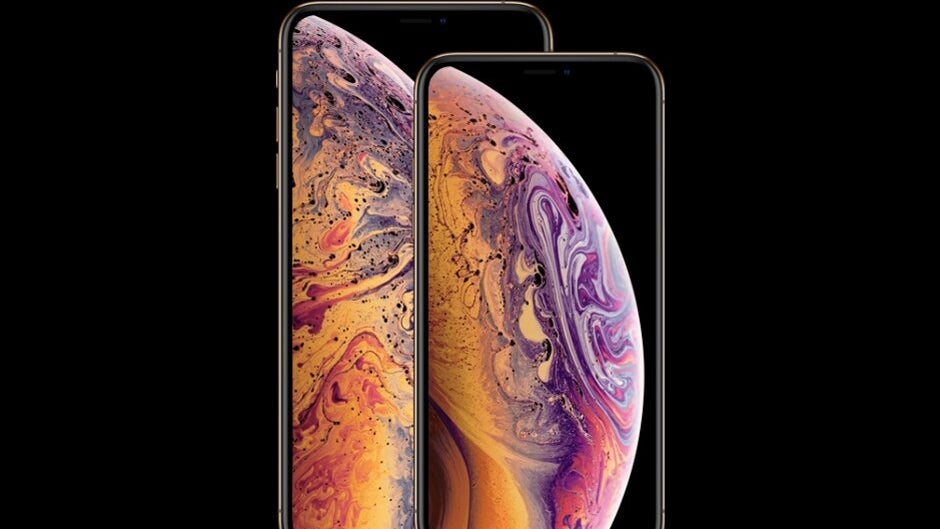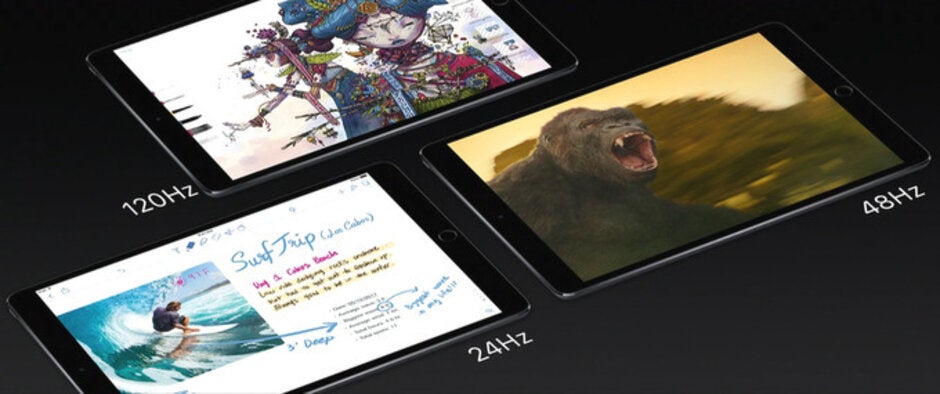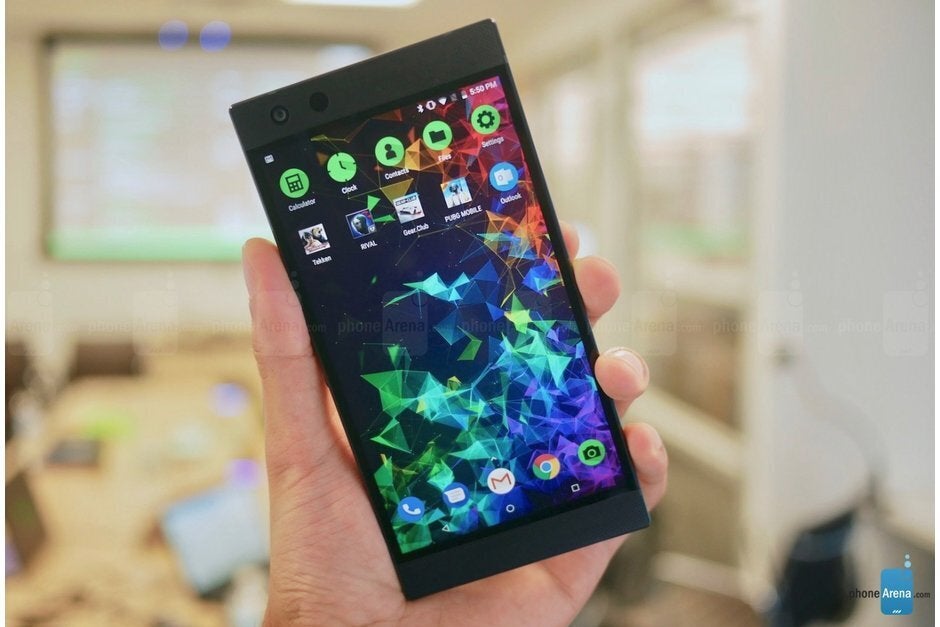Apple is reportedly thinking about doubling the refresh rate on next year's iPhone displays

The refresh rate on a smartphone display measures how many times the image on the screen is updated each second. For example, most non-gaming smartphones have a 60Hz rate which means that they update the screen 60 times each second. The faster the rate, the smoother animations look; this is why a gaming phone like the Razer Phone 2 has a 120Hz rate. It also makes scrolling buttery smooth. Of course, as with everything in life, there is a tradeoff. A faster refresh rate is more taxing on a phone's battery.
The average Joe doesn't think about something like the refresh rate on his or her phone, but that didn't stop OnePlus from promoting it on the OnePlus 7 Pro. The latter features a 90Hz rate although it can be toggled down to 60Hz to conserve the battery. And now it seems that other phone manufacturers are following this trend. There is speculation that the Huawei Mate 30 Pro, expected to launch in the fourth quarter this year, will carry a display with a 90Hz refresh rate. And a tweet disseminated today by tipster Ice Universe (@universeIce) says that Apple is considering a switchable 120Hz/60Hz refresh rate for the 2020 iPhone models. The tweet notes that Apple has discussed this already with its OLED panel suppliers, Samsung and LG.
Apple already sells mobile devices that sport a display with a 120Hz refresh rate
Producing a mobile device with a screen that refreshes at 120Hz wouldn't be new for Apple. Both the 12.9-inch and 10.5-inch iPad Pro tablets released in 2017 have what Apple calls the ProMotion display, which is just Cupertino's fancy term for a screen sporting a 120Hz refresh rate. And this is also found on last year's 11-inch and 12.9-inch iPad Pro units as well. Considering that Apple already has a trademarked name for such a feature, you can expect the company to use it when it starts promoting the 2020 iPhones in about 14 months from now. But the ProMotion displays also drop down to a refresh rate of 24Hz when a static image is displayed, and switch to 48Hz for streaming video. This is done to conserve battery life.

Apple's ProMotion display on the iPad Pro features a 120Hz refresh rate
While the new iPhone models we expect to see unveiled in less than two months will be similar to the 2018 units (except for the square camera module on the back of the phone and the possibility of a reverse wireless charging feature), the 2020 models will reportedly be redesigned. According to reliable TF International analyst Ming-Chi Kuo, we should see three iPhones next year with the screen sizes of 6.7-inches, 6.1-inches, and 5.4-inches. While all three handsets will sport OLED displays, the larger and smaller iPhones will support mmWave and sub-6GHz 5G connectivity (all three models will support 5G in 2021). They also will have thinner bezels and no notch. The latest version of the components used to build the TrueDepth Camera are said to be significantly smaller; we could even see Touch ID return to the iPhone next year, although it would be an in-display version.

The display on the Razer Phone 2 has a 120Hz refresh rate
Because the reverse wireless charging feature transfers power from the host phone's battery, we already expect Apple to bump up the battery capacities for the 2019 iPhone models. Another larger bump will be necessary for the 2020 units for two reasons. First, two of the new handsets will be 5G enabled. Secondly, a 120Hz refresh rate is going to consume plenty of power even if it does make the aforementioned adjustments for a static image and streaming video. According to the rumor, Apple will make life easy; if the battery life doesn't meet a user's needs, he or she can simply switch back to 60Hz. The only problem is that once you get used to your phone's display refreshing at 120Hz, you are going to be extremely disappointed returning to 60Hz.
Follow us on Google News













Things that are NOT allowed:
To help keep our community safe and free from spam, we apply temporary limits to newly created accounts: